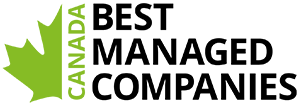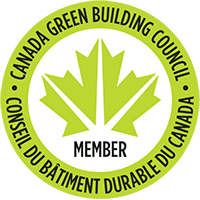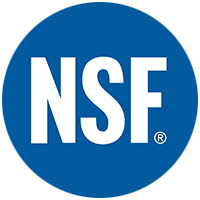Training
Insulated Metal Panels: Where Performance Meets Design
Norbec is pleased to offer continuing education courses. You have the opportunity to attend these courses in person or virtually. Our presentations are given by our experts in building envelope, controlled environments and cold rooms.
In-person presentations are offered in a lunch and learn format.
Course Title:
Insulated Metal Panels: Where Performance Meets Design
Credential :
AIA, GBCI
Certified for:
1 hour(s) of continuing education
Course Description
Today’s specifiers expect cost-effective building solutions that deliver superior performance without compromising design or the environment. This course explains how the Insulated Metal Panel (IMP) meets those expectations.
You’ll see the composition of the IMP and how its materials affect thermal performance, strength, and resistance to moisture, weather, and fire. The choice of materials also contributes to green-building goals at every stage of the product’s life cycle.
The IMP is factory assembled, assuring high quality through consistency and accuracy. Installation costs are greatly reduced because the IMP arrives to the job site ready to install in one step. And the superior thermal performance means a reduction in operating costs (not to mention reduced emissions).
Lastly, this course will deliver tremendous inspiration through project examples with numerous combinations of colors, materials, textures, and even curves that meet the functionality of any building type.
Learning Objectives:
- At the end of this course, participants will be able to:
- Define the role of the Insulated Metal Panel (IMP) as a cladding solution for new projects and retrofits.
- Explain how the IMP’s materials and factory assembly deliver superior thermal performance, fire protection, resistance to moisture, increased strength, and even acoustic control.
- Acknowledge the significant cost savings of the IMP through one-step/one-day installation and reduced energy costs to operate the building.
- Understand the IMPs contribution to green building including environment considerations in material sourcing, installation, building use, and reuse/recycling at end of life.
- Identify the numerous design options of the IMP including size, orientation, textures, profiles, colors, corners, openings, and curves to meet the needs of multiple industry applications.





